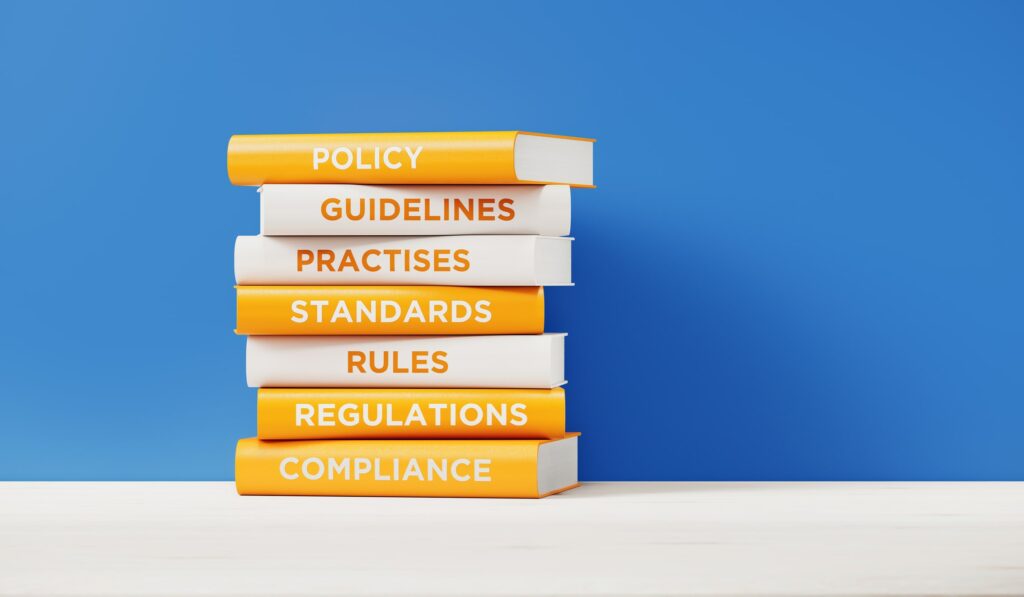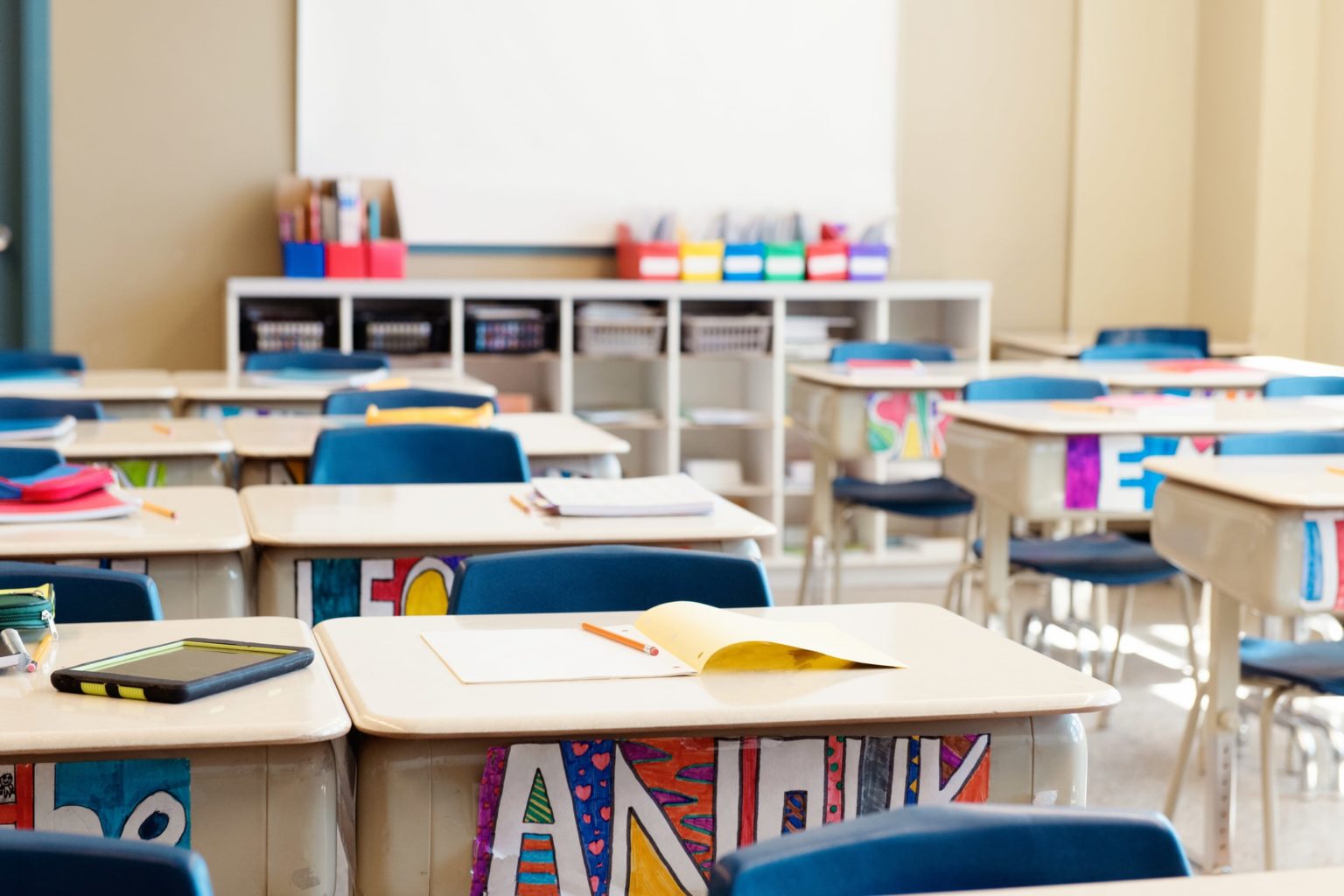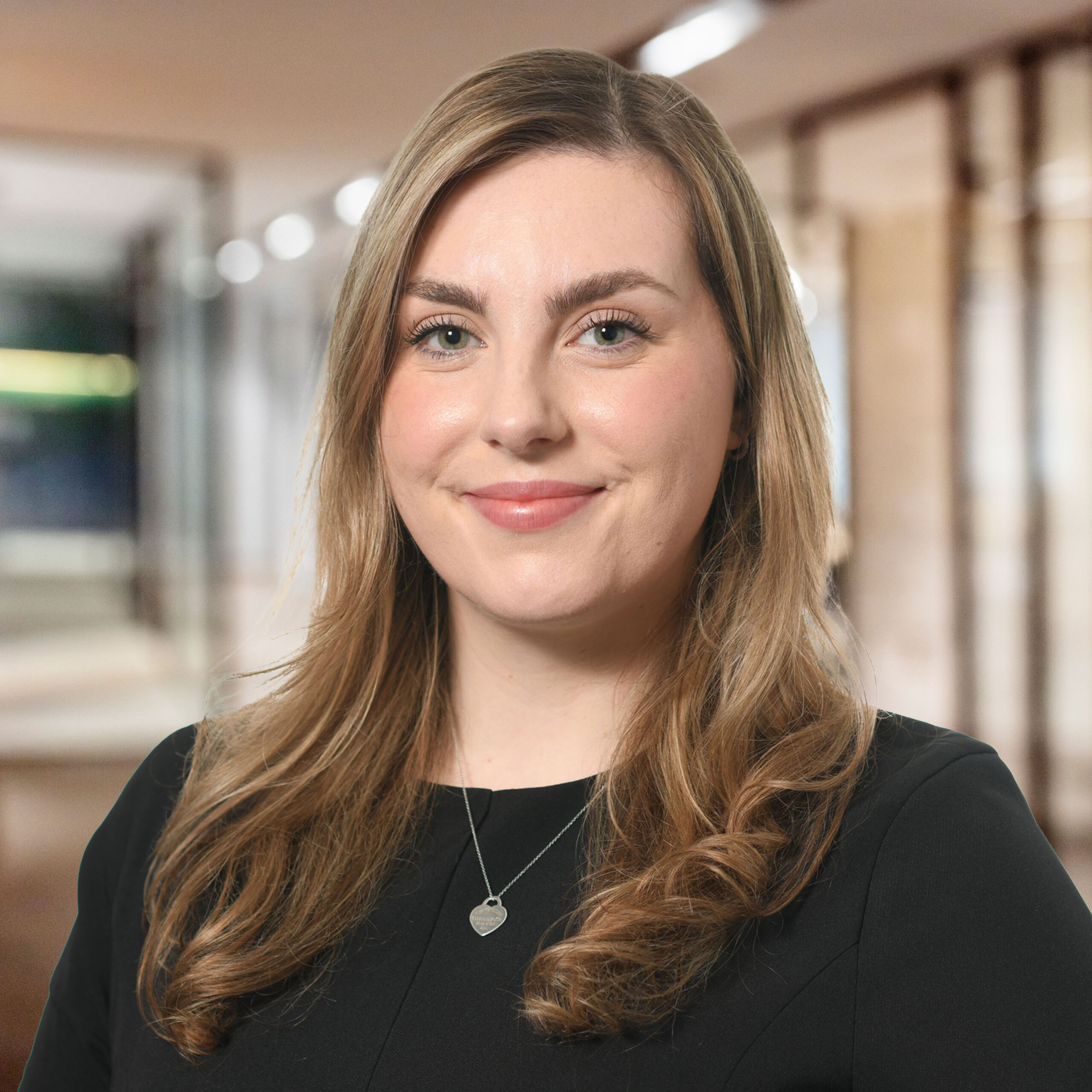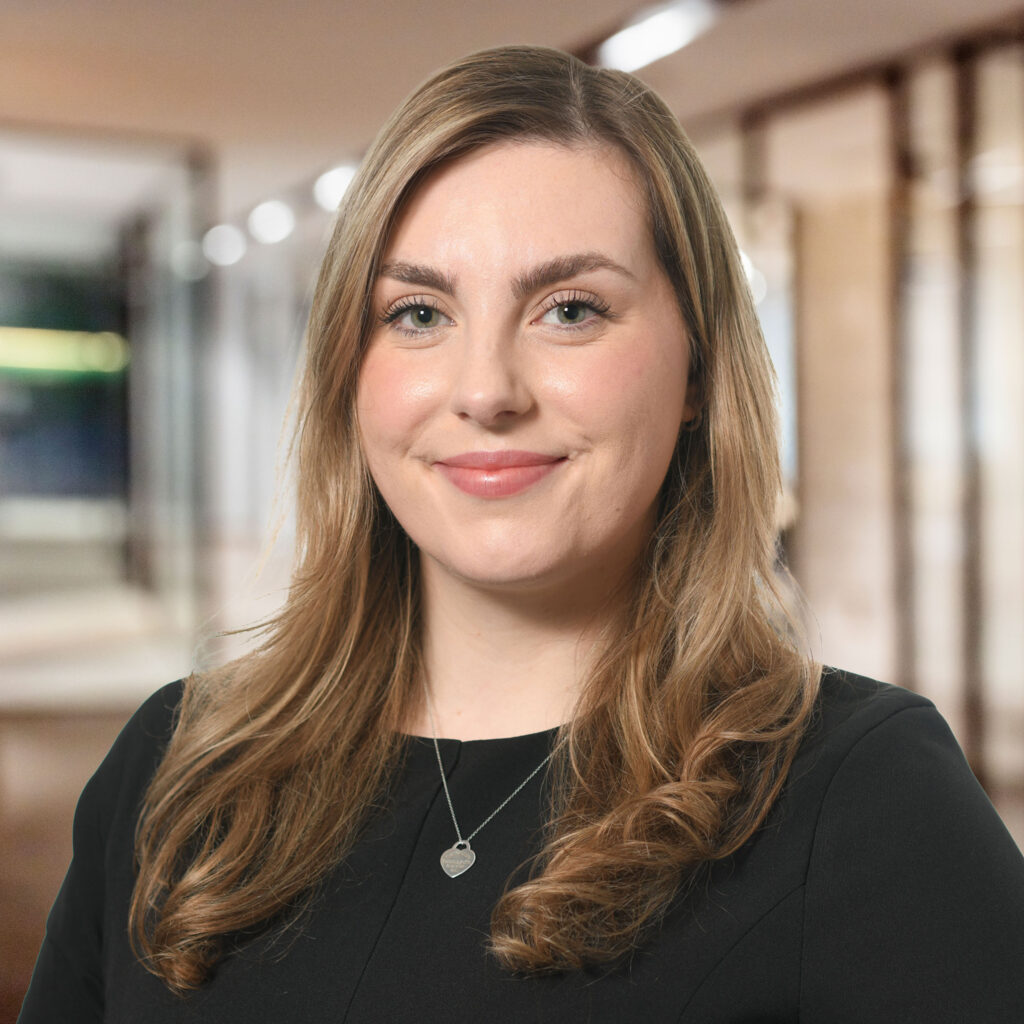The Department for Education has updated their statutory safeguarding guidance in readiness for the new academic year; we set out below an overview of the changes to Keeping Children Safe in Education 2025 (KCSIE).
It is a light touch review this year, with more substantial changes promised next year. KCSIE applies to schools, colleges and alternative providers.
Overall, the changes are minimal. The most significant change for schools is the safeguarding requirements when sending pupils to alternative provision. These changes however have been clarified to reflect existing guidance, so technically, there is nothing new, but schools would be advised to review their contracts with alternative providers to ensure their obligations are being met.
Part one – Safeguarding information for all staff
No changes have been made to this section.
Part two – The management of safeguarding
Paragraph 128: KCSIE will signpost the revised guidance on relationships, sex and health education in the finalised guidance in September 2025.
Paragraph 135 online safety: The list of issues within the definition of online safety have been added to, to clarify that misinformation and disinformation (fake news) and now also conspiracy theories, are safeguarding harms.
Paragraph 142: When filtering and monitoring safeguarding risks, schools are now signposted to use the DoE’s plan technology for your school service to self-assess against these standards. This service also provides personalised recommendations on how to meet these standards.
Paragraph 143, final bullet point: The DfE guidance on generative AI in education has now also been linked, explaining how filtering and monitoring requirements apply.
Paragraph 144: This now states that schools and colleges should considering taking action to meet the cyber security standards for schools and colleges, which were developed to help them improve their resilience against cyber-attacks and signposts to the guidance.
Paragraphs 169-170 – Alternative provision – A significant addition has been made regarding the safeguarding obligations for schools who send children to alternative provision (AP) providers. Although this reflects existing AP guidance, school should be advised to review and update any contractual documentation that they have with APs This includes the requirement for schools to:
- obtain written information from the AP that appropriate safeguarding checks have been carried out on individuals working there;
- obtain written confirmation that APs will inform the commissioning schools of any potential risks due to arrangements, for example, staff changes;
- always be aware of where a child is during school hours, which includes having records of the address of the AP and any subcontracted provision or satellite sites the child may attend;
- maintain records of addresses of APs or other relevant sites;
- conduct frequent reviews, at least half termly, to ensure a child is attending placement and that it continues to be safe; and
- where safeguarding concerns do arise, immediately review and terminate the placement, if necessary, until concerns have been addressed.
Paragraph 177 – Schools now must work with the local authority services where absence indicates safeguarding concerns. This has therefore been updated to clarify ‘working together to safeguard attendance’ ‘is now statutory guidance.
Paragraph 199 – This change highlights that virtual heads have a non-statutory responsibility to promote the educational achievement of children in kinship care.
Paragraph 204 – the revised guidance on gender questioning children will be signposted in September 2025.
Paragraph 205 – The terms ‘spectrum’ and ‘disorder’ have both been removed from the terminology when referring to autism, to align with SEND code of practice.
Part three – Safer recruitment
Paragraphs 260, 266 and 267 – Guidance now sets out a different way of accessing a teacher’s disciplinary sanctions via ‘check a teacher’s record’ rather than ‘TRA Secure Access System’ .
Paragraph 319 – References to the Employer Secure Access site have been removed and replaced with a link to GOV.UK s128 checks.
Paragraph 331 – As mentioned above under part two, paragraphs 169 to 170, additions have been made to the alternative provision information. Schools should obtain written confirmation that the alternative provider will inform the commissioning school of any arrangements that may put the child at risk so that the commissioning school can ensure that appropriate safeguarding checks are carried out on new staff.
Part four – Safeguarding concerns or allegations made about staff, including supply teachers, volunteers and contractors
Paragraph 422 – There has been a small update to correct the title of the Information Commissioner’s employment practice guidance.
Part five – Child-on-child sexual violence and sexual harassment
Paragraph 545 – A signpost to the Lucy Faithfull foundation’s ‘Shore Space’ has been included alongside other suggested resources for dealing with safeguarding and supporting the alleged perpetrator, and children and young people who have displayed harmful sexual behaviour. The service offers a confidential chat service supporting young people concerned about their own or someone else’s sexual thoughts and behaviours.
Annexes
Within Annex B, two additional resources have been linked including, the CSA Centre’s Resources for education settings | CSA Centre, and The Children’s Society’s Preventing Child Sexual Exploitation | The Children’s Society.
Next steps
We encourage schools and colleges to begin reviewing their safeguarding and other related policies and procedures before the new KCSIE comes into force on 1 September 2025.
If there are any queries in relation to the new guidance, our team of education solicitors are more than happy to assist.
Our latest education content
Employment Law Update for Schools: What You Need to Know
OfS Consultation on the future approach to quality regulation
The updated CMA guidance for higher education – what’s changed?
See more articles >
OfS Consultation on the future approach to quality regulation
Towards Effective and Ethical Governance – Our Contribution to the CUC Code Review
The New Anti-Fraud Law with Big Implications for Education Providers
See more articles >








